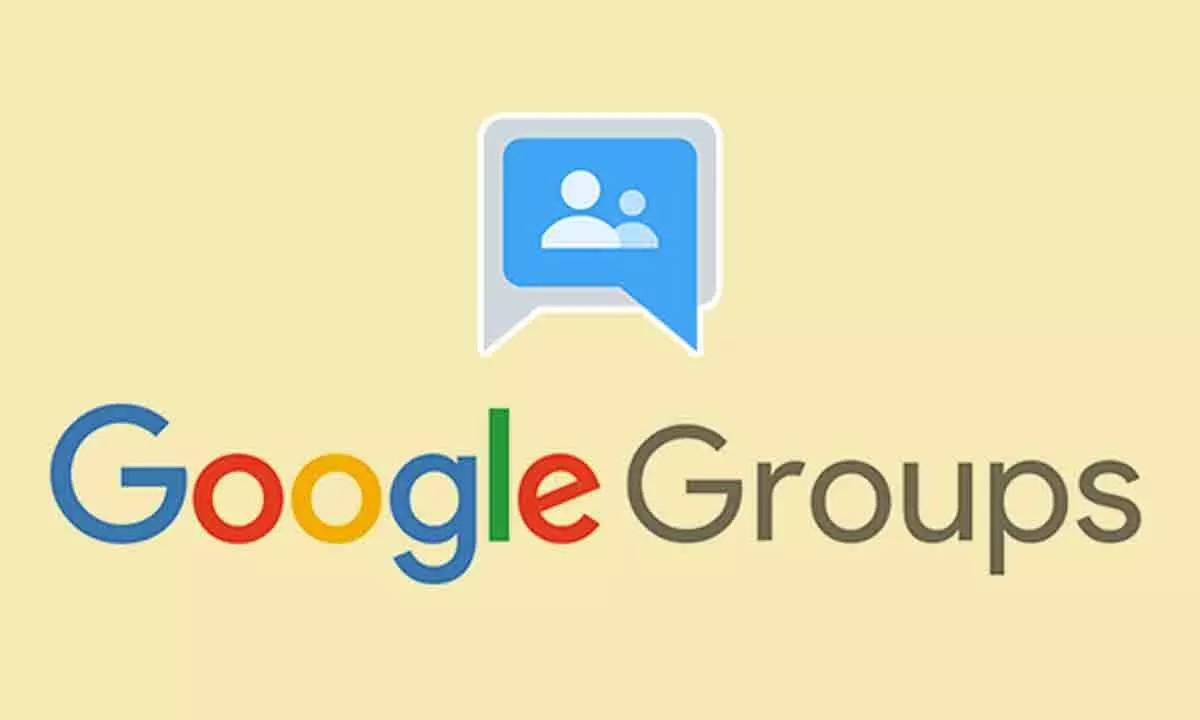Live
- DSS to launch gender campaign today
- MJCET holds first-ever 24-hr datathon
- TDP, JSP, YSRCP urged to oppose Wakf Bill
- T-SAT to launch new programme on ‘General Studies’
- Cops silence deafening noise of 100 bikes
- Guv inaugurates medical screening camp for Raj Bhavan staff
- Job fair for pharmacist roles tomorrow
- New ration cards to be issued in January
- Job mela at Masab Tank tomorrow
- New toilets facilitated for MPP school students
Just In
Google Groups Ends Usenet Support Amid Changing Internet Landscape


As Google Groups phases out Usenet, explore the dynamic shift in online communication and the rise of multimedia-driven platforms.
Google Groups has recently announced the discontinuation of support for Usenet, an early networking system predating the World Wide Web, recognized for its bulletin board-style discussion groups. The decision stems from Usenet's dwindling usage, primarily attributed to the ascent of social media and web forums.
In an official support document, Google clarified that a significant portion of current Usenet content comprises non-text files and spam, neither of which aligns with Google Groups' support parameters. The surge in binary file sharing emerged as a key factor prompting the cessation of support.
The move prompts contemplation on the evolution of online communities and communication channels. The advent of social media giants like Facebook and Twitter, coupled with the proliferation of web forums, has redirected individuals towards alternative platforms for discussions and information sharing.
The decline of Usenet underscores the transformation in online content consumption patterns. As users increasingly favour visually engaging platforms, the appeal of text-centric discussions on Usenet has diminished. The capability of social media to facilitate the sharing of images, videos, and diverse multimedia content has significantly contributed to Usenet's diminished popularity.
While the conclusion of Google Groups' support for Usenet may symbolize the conclusion of a chapter in internet history, it also signifies the ongoing evolution and adaptation of online communication platforms. In an era of technological advancement and shifting user preferences, platforms failing to keep pace with these changes risk being marginalized.
As we bid adieu to Usenet on Google Groups, we usher in the future of online communities, where conversations and interactions increasingly hinge on dynamic, multimedia-driven platforms. This transition underscores the perpetual need for platforms to evolve and align with contemporary user expectations.

© 2024 Hyderabad Media House Limited/The Hans India. All rights reserved. Powered by hocalwire.com






